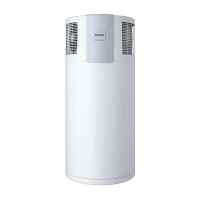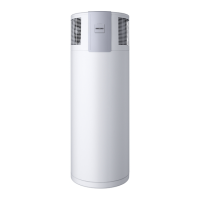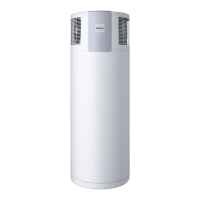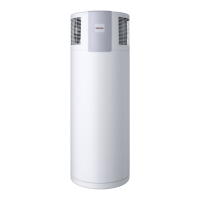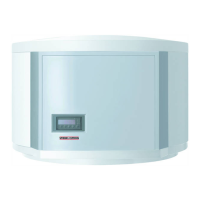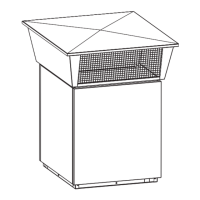INSTALLATION
Preparation
18 | WWK 223-303 electronic www.stiebel-eltron.com
Examples of unacceptable
installations
Atmospheres containing ammonia Sewage works, pigsties
Substances which block the evap-
orator
Air containing oil or fat, dust (cement,
flour, etc.). Note: If the air contains hair-
spray (e.g. in hairdressing salons), the
appliance should be operated at shorter
maintenance intervals.
Saline environments Coastal installations (< 200m from the
coast) can reduce component service life.
Atmospheres containing chlorine
or chloride
Swimming pools, salt works
Atmospheres containing thermal
water
Formaldehyde in the atmosphere
Certain wood-based materials (e.g. OSB
boards)
Certain insulating materials (e.g. foams
based on urea-formaldehyde (UF in-situ
foams))
Carboxylic acid in the atmosphere
Extract air from kitchens
Components of floor cleaners (e.g. vine-
gar cleaner)
Areas in proximity to high fre-
quency machines
Inverters for large motors, radar, etc.
Air polluted with these substances can cause corrosion of copper
materials in the refrigerant circuit, especially the evaporator. This
corrosion can lead to failure of the appliance. Any damage to
the appliance caused in this way is not covered by the guarantee
conditions.
Note
The output data given for this appliance has been de-
termined in accordance with the relevant standard at an
intake temperature of 15°C. Below this temperature the
appliance efficiency and output decrease.
Note
You can improve the efficiency of the appliance by utilis-
ing the waste heat from other appliances to heat the DHW
cylinder, e.g. boilers, tumble dryers or freezers.
If, for example, a tumble dryer releases dust at the in-
stallation site, the evaporator must be cleaned more
frequently.
Sound emissions
The sound emissions are louder on the air intake and air discharge
sides of the appliance than on the closed sides.
f Never direct the air intake or air discharge towards
noise-sensitive rooms of the house, e.g. bedrooms.
Note
For details on sounds emissions, see chapter "Specifica-
tion/ Data table".
9.4 Siting the appliance
f Carefully undo the cardboard packaging at the clips.
D0000034797
1
1 Cardboard packaging clips
The appliance is secured to the pallet with metal brackets and
screws. The metal brackets are hooked on to the feet underneath
the floor plate of the appliance.
2.
1.
D0000034798
1
1 Metal bracket fixing screw
f Remove the fixing screws of the metal brackets from the
pallet.
f Push the metal brackets a little towards the cylinder centre to
unhook them from the appliance feet.
f Pull the metal brackets out from underneath the appliance.
!
Material losses
Take note of the appliance's weight and centre of gravity.
f Slightly tip the appliance and carefully roll the appliance off
the pallet.
f Position the appliance in the final installation site.
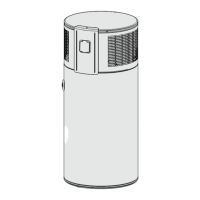
